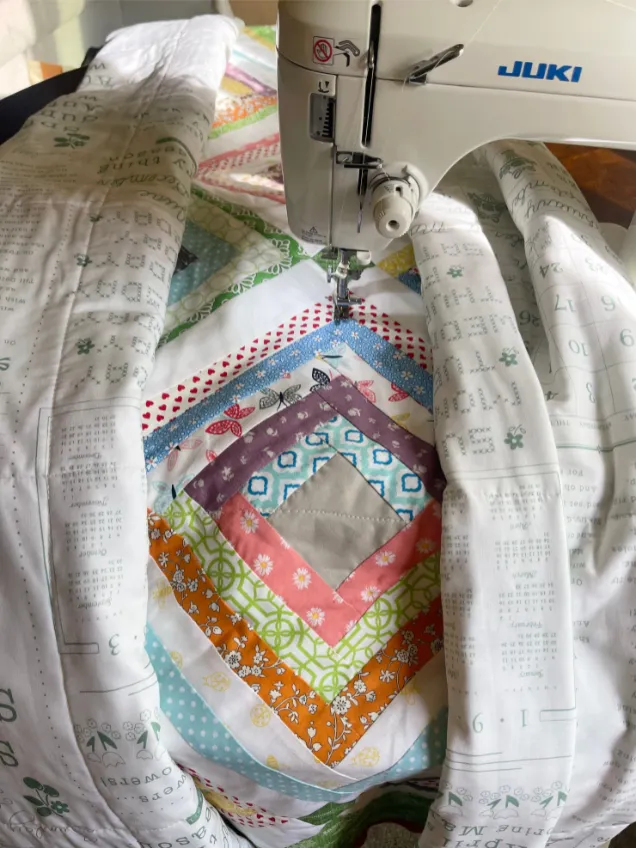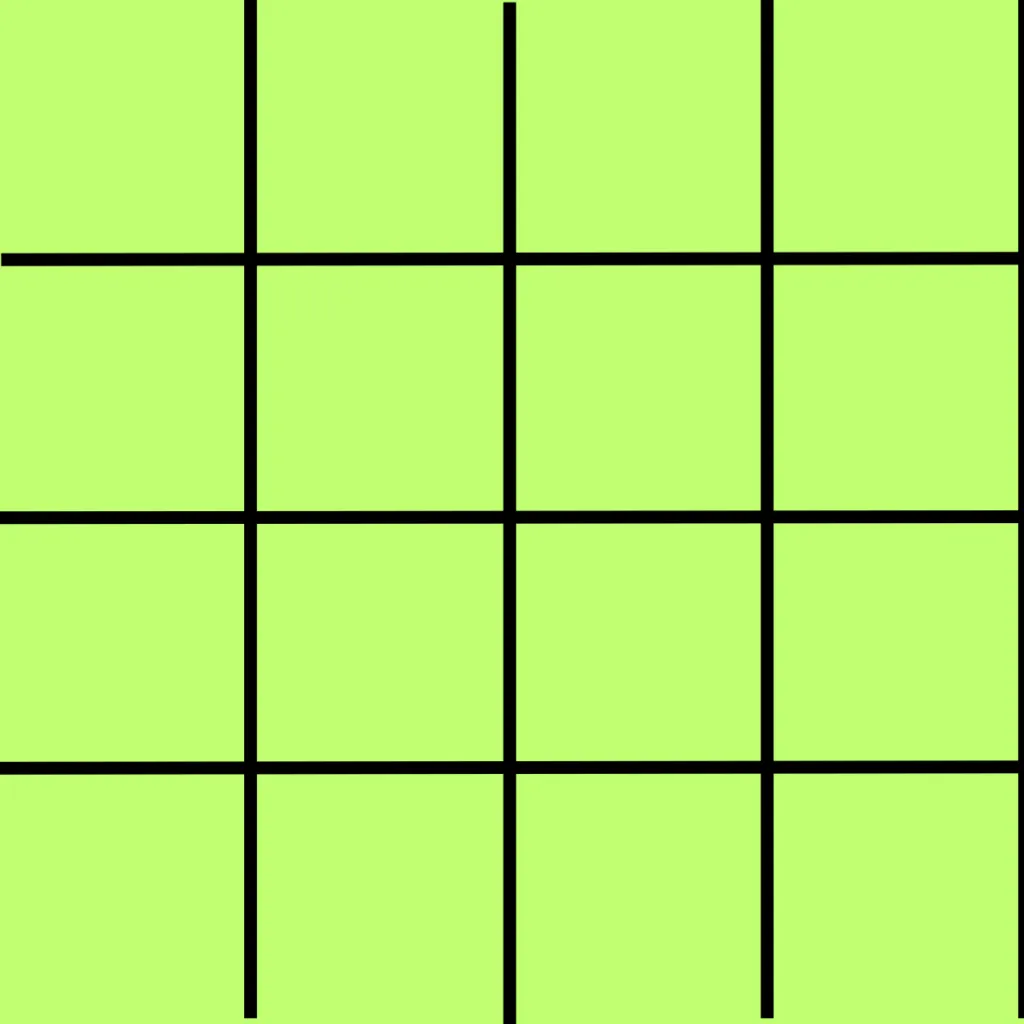Quilt Like a Pro: Mastering Quilting with Your Sewing Machine
Sewing Machine Quilting: A Beginner's Guide to Creating Beautiful Quilts
Sewing Machine Quilting: A Beginner's Guide to Creating Beautiful Quilts
Machine Quilting with your standard Sewing Machine
Machine Quilting can be kind of tricky– especially when you are just starting off and all you have is your standard sewing machine to do the job.
I have had a few requests or questions about using your standard sewing machine for quilting your quilt and thought I’d help out by offering up a few links for some great how to’s + some quick tips on my own.
It is not computerized and so I do all the designs ‘free hand’. I do have a few templates and can do groovy board designs,- but where the sewing cottage isn’t large enough to accomidate that. So free hand it is.
Before the big machine found it’s way into my life I used my standard sewing machine. It is a Janome. I love it!! My one complaint is the button stitch is at a slant and not customizable….. I love everything else. It is a work horse and loves it when I take it for long walks in the meadow of scrapville. hee hee
I loved machine quilting using my machine. I did the quilting for over 3 years– The quilts varied in size from tiny ones to a mega queen size. The larger you get the more difficult is it to maneuver.
It isn’t the quilting that is difficult, it is the weight of the quilt that hinders the quilting. . I have found a few tips that totally helped and changed how I quilted– time to share them!
How to Quilt on a Regular Sewing Machine
How to quilt on a regular sewing machine tutorial. Beginner friendly guide to turn your quilt top into a finished quilt on your own domestic sewing machine. Quilting large quilts can be a daunting task, especially when you’re working with a regular sewing machine. However, with the right techniques and a systematic approach, you can achieve professional looking results. In this guide, I’ll walk you through the entire process of machine quilting with straight lines, providing detailed steps and tips to ensure your success. This beautiful quilt was done with straight line machine quilting.
The best part of straight line quilting is that the process will be the same no matter what size quilt. You will follow these same steps for a throw, full, twin, queen or king size quilt.
QUILT TOP
A quilt top is the front of your quilt. Most quilt tops are made by following a quilting pattern or by selecting a quilt block and making enough blocks to get to your desired size. When you’ve made enough quilt blocks you can add sashing or simple border to complete your quilt top.
Click here for my free Log Cabin On-Point quilt pattern shown above.
BACKING FABRIC
Backing fabric is for the back of your quilt. and you may need to sew two pieces together to make it big enough to cover the quilt top. Take you one large piece of backing fabric, cut in half with rotary cutter, sew both halves together using quarter inch seam allowance.
Things a beginner should do before starting quilting on a sewing machine
- Purchase rubber fingertips or sewing/quilting gloves
A pair of quilting gloves gives you a good grip on the fabric so it won’t slip from your hand. If you can’t find quilting or sewing gloves, rubber fingertips will do as well. You can find them in many local stores for only a few dollars.
The walking foot is necessary when machine quilting because it prevents the layers of fabrics from shifting, walking you through the fabrics during the quilting process.
- Add a guide bar or use the existing one
A guide bar is used to keep quilt lines straight. Another use of guide bars is to calculate the distance when quilting borders or multiple lines so that each line has the same distance. They are also used to divide quilt blocks into equal parts.
Feed dogs are metal teeth-like ridges that emerge from a hole in the throat plate of a sewing machine. Feed dogs move as you sew, gently gripping the bottom fabric to help it pass through the sewing machine. However, you can only quilt straight lines with it. Therefore, lowering the feed dogs will allow you to move the fabric as you see fit.
In this process, you will have to add multiple layers of fabric to one another like a sandwich and baste them with safety pins to prevent puckering while stitching.
This isn’t very important, but if you are a beginner it can help a lot. To avoid unnecessary mistakes while quilting, mark the sewing lines with a quilting or dress-marking pencil. This can greatly simplify your quilting process.
Can You Quilt Without a Walking Foot?
You can quilt without a walking foot, but it will be more difficult. Without a walking foot, you will have to keep your fabric from bunching up as you sew. This can be done by pinning the fabric layers together before sewing or by using a layer of batting between the top and bottom fabrics.
If you do not have a walking foot, it is also important to use a shorter stitch length so that the stitches do not pucker the fabric.



Tegs:
Search
Recent Posts
-
Learn how to create a stunning basket weave quilt with our easy-to-follow instructions.
Apr 18 2025
-
Mastering the Art of Block Quilting: A Comprehensive Tutorial
Apr 21 2025
-
Granny Square Crochet Quilt: A Classic and Versatile Crochet Pattern
Apr 24 2025
-
Stitch Your Story: Embroidered Quilt Squares for Unique and Personalized Quilts
May 1 2025
Subscribe to Updates
Get the latest posts and fashion insights directly in your inbox.